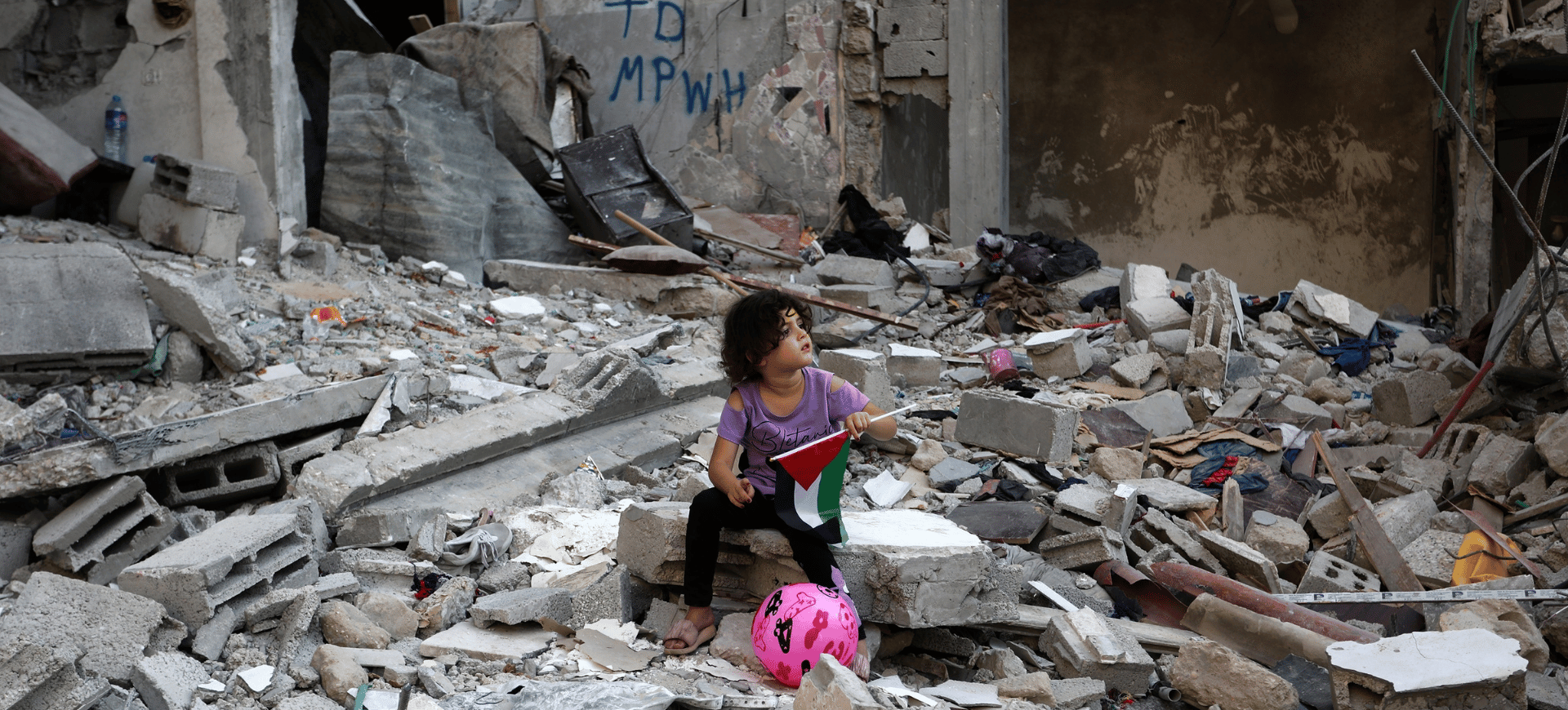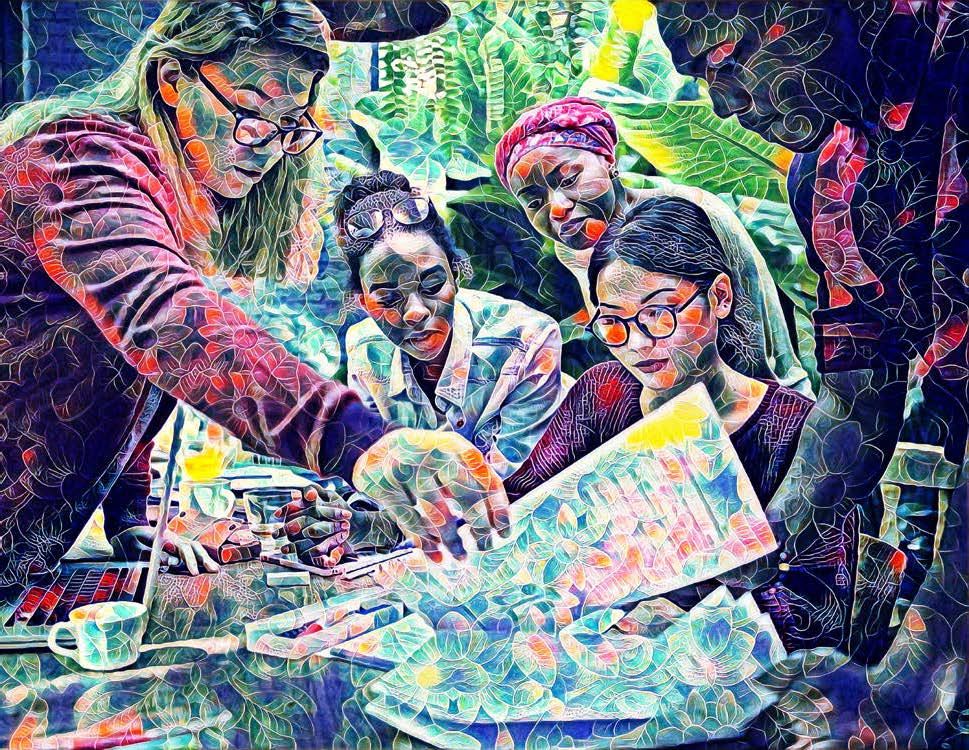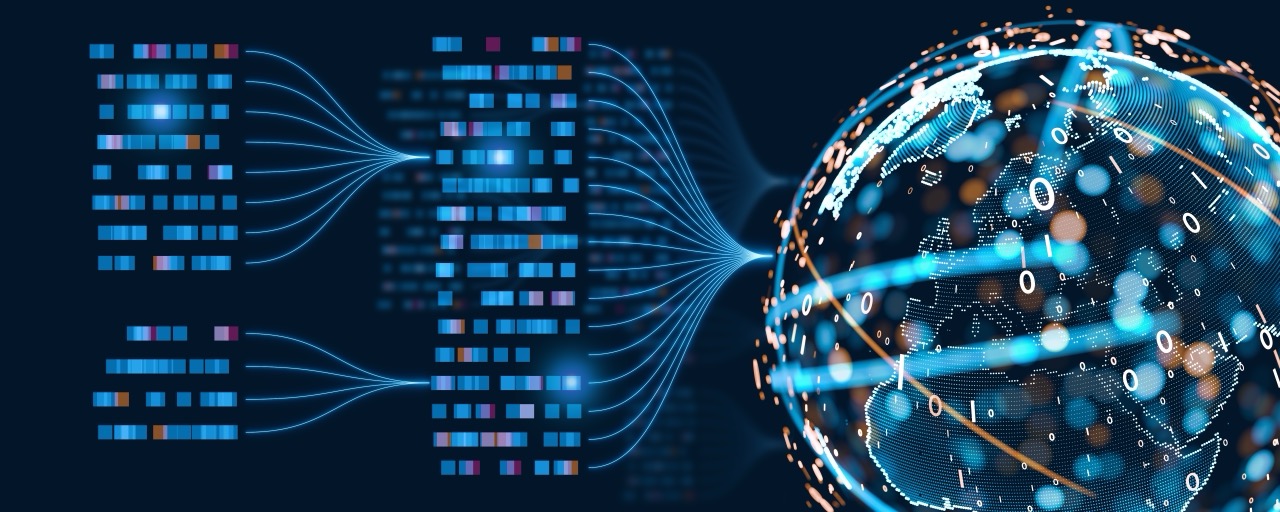Protecting children experiencing conflict
From famine and disease, to trauma and malnutrition, the short- and long-term effects of conflict on children are devastating beyond measure. Working to provide support for their health and well-being can help promote peace and security for all
How does conflict harm the health of children in fragile countries?
It’s a full-scale assault on every aspect of health care. It restricts access to services, disrupts the entire health infrastructure – you’re unable to vaccinate, chlorinate drinking water, ensure the safety of the cold chain, fulfil maternal and child health initiatives. You’ve got an increase in contagious diseases, including dysentery, respiratory tract infections, pneumonia and cholera. Civil wars rarely last only a few months, so you see high risks of malnutrition, especially among children under five and pregnant and breastfeeding women, with huge implications for the health and well-being of infants, and this predisposes them to other epidemic-type and contagious diseases. The delayed impacts cause an ever greater death toll, through famine, malnutrition and communicable diseases, long after the international community has moved on. We’re looking at the worst displacement crisis in the world now, with over 117 million vulnerable people. They move because of insecurity and inability to access health care, clean drinking water, food or jobs. Their kids risk picking up unexploded ordnances by the roadside, being sexually assaulted or being forced into high-risk labour – in addition to the very real and devastating mental health effects, which can be lifelong.
How are War Child Canada/ USA and its partners working to protect children’s health?
It requires long-term, consistent, sustainable investment. The job of any international non-governmental organisation is to assess the local infrastructure and what it needs to function at even a basic level, then to provide support to local healthcare providers, community workers, midwives, nurses, physician’s assistants – everything – and strengthen them through investments in capacity building, resources, training, logistics, planning and preparation. We also work collaboratively to identify extremely vulnerable groups and determine priorities. Do you prioritise re-establishing the cold chain and vaccinating high-risk groups to prevent other complications, or set up a field hospital to treat people with acute injuries and malnutrition? Do you run short-term food distribution programmes? Do you chlorinate the drinking water? It’s not possible to do everything, because of limited resources and challenges regarding access, mobile populations and a lack of qualified local personnel who too have been displaced and traumatised.
Protecting children also includes addressing long-term goals regarding education, economic development, social stability, community reconciliation and peacebuilding, to allow communities to rebuild and maintain that health and social welfare infrastructure. The challenge is always whether any of these goals are achievable in the face of armed combatants with different agendas, who often weaponise children’s suffering to suit their military and political goals, and who blame the other as opposed to looking at what they must do under international humanitarian law to protect the most vulnerable and mitigate suffering.
What results have NGOs had in the field?
There are still massive gaps in every war-torn environment, but progress is possible partly because of international humanitarian efforts. Rebuilding in conflict is principally the job of local NGOs collaborating with international NGOs, often in failed states. NGOs also are good at putting issues on the global agenda, such as preventing the recruitment of children to fight with armed groups.
War Child Canada/USA is currently the largest provider of refugee education in Uganda, which hosts the most refugees in Africa, with about 1.5 million Congolese, Southern Sudanese, Sudanese and others. These displaced kids are out of school for many years. Our programming provides catch-up learning using a compressed curriculum, so they can do two years in one and reintegrate into the existing school system at the appropriate grade. We’ve trained local governments, schools, teachers and other international organisations on this accelerated programme, because lack of education becomes a lifelong barrier. Education levels also affect long-term morbidity and mortality indicators, particularly for women and girls. Getting kids back into school, so they can ultimately earn an income, is how you disrupt the cycle of violence and poverty and despair.
We also engage in health education, especially where that can be hard to access. Our local teams teach girls about reproductive cycles and managing menstruation. We talk about hand sanitation and good food preparation practices. We establish proper latrines in some local schools, with sinks and soap, and show kids how to wash their hands to prevent cholera and dysentery. A bar of soap costs nothing, but it’s incredibly effective in preventing transmission. These are some low-cost interventions that yield impressive results over time as part of a broader prevention strategy.
What are the biggest challenges now?
Security and funding are a constant problem. Our staff in Sudan spent most of last summer in hiding. Demand for our services is increasing exponentially, but this doesn’t always result in more donations or funding. We’re not seeing significant increases in overall aid contributions, and what we have seen has focused narrowly on Ukraine, and Gaza and Israel. Crises in Sudan, Afghanistan, Yemen, Congo and South Sudan have been pushed off the global radar screen, so there are major delays in funding pipelines. With the knockoff effects of conflict – disrupted food supplies, low vaccination rates, and so on – you don’t see the impacts right away. A six-month delay can be catastrophic – and it’s preventable. But it can be difficult for funding agencies to recognise that urgency and invest in prevention. People only respond when it’s right in front of them. So much suffering could be averted if we thought differently about how we give and what we give to.
What key political choices must be made?
Violence and insecurity breed health risks within countries as well as beyond borders – it’s in everyone’s best interests to be engaged and generous, and respond to that urgency and need. Active diplomacy and peaceful reconciliation are necessary and important – war is not a natural state of being, although we often treat it as inevitable. We promote peace and security over the long term by ensuring that kids right now have opportunity and can provide for themselves and their families. And that there is social security. Social security comes from opportunity, employment and financial stability and from having goals, ambitions and pathways to realise those things. Aid is not altruism. It’s in everyone’s best interests. Particularly when talking about reparations and colonial influences, you also need to look long and hard at how we do aid. It tends to be short term and politically motivated. To prevent war and atrocity, to improve health and well-being, among the most significant determinants of a child’s health is that child’s mother’s independent access to income, which is also a proxy indicator for education. Education is not done in six months. Aid should focus on five to ten years of continuous funding, instead of being so overwhelmingly reactive and short term. By continuing to approach these challenges in the same way, we are ensuring many more children will suffer needlessly.












